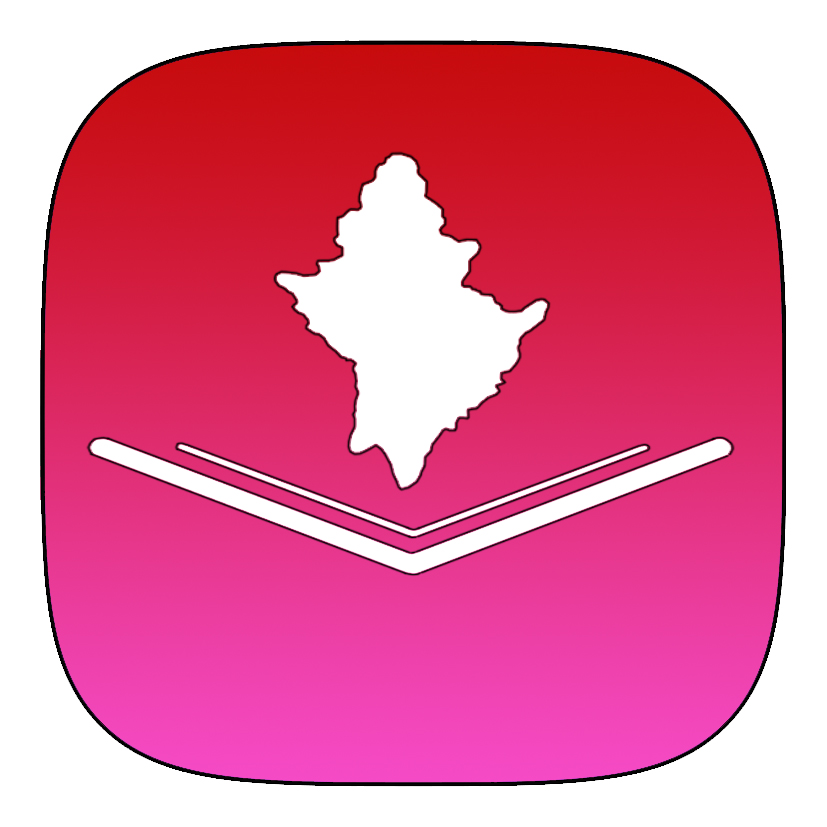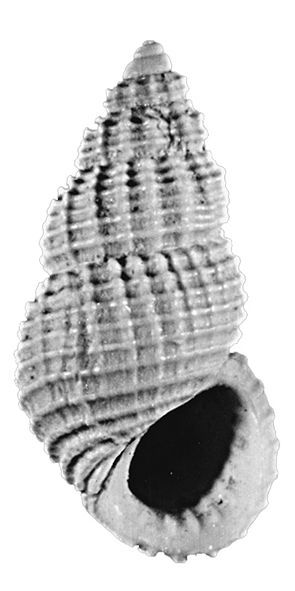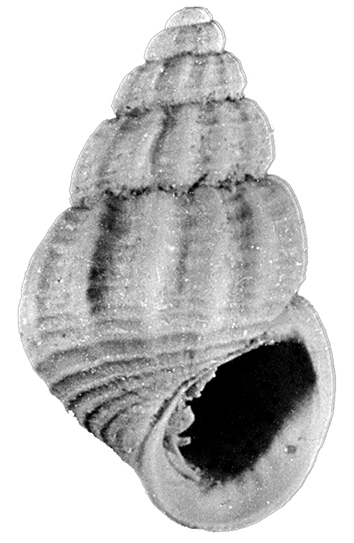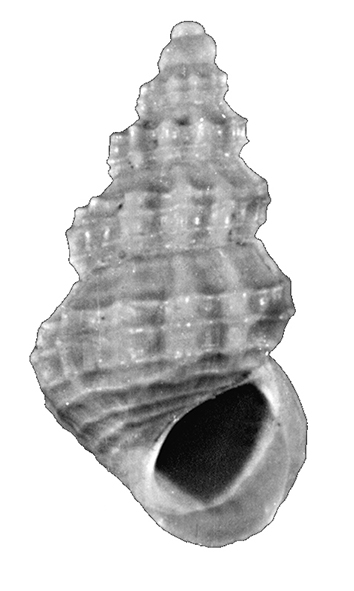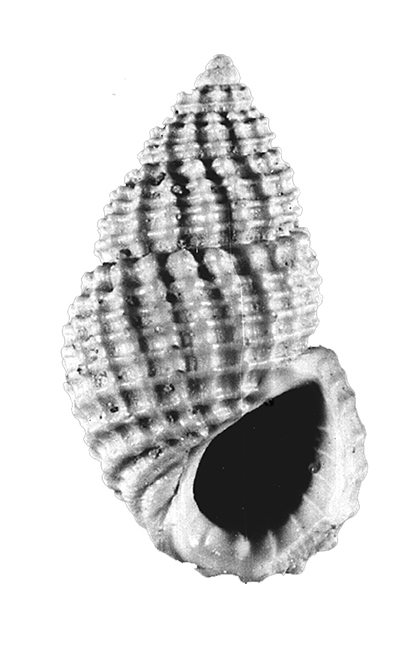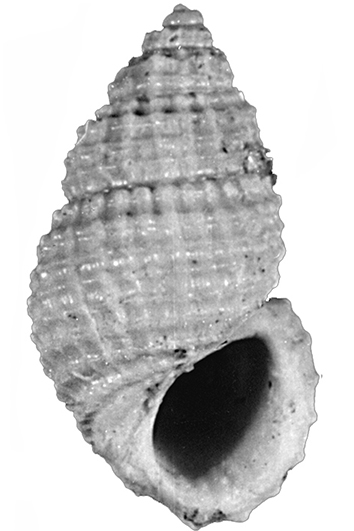Class Gastropoda Cuvier, 1795
Family Rissoidae Gray, 1847
Genus Alvania Risso, 1826
Species Alvania beanii (Hanley in Thorpe, 1844)
Alvania beanii (Hanley in Thorpe, 1844)
Gastropoda – Rissoidae – Alvania – Alvania beanii
Common species especially in the yellow sands of Piacenzian stage. Surroundings of San Gimignano (Siena). Pliocene.
Description – Descrizione
Conchiglia piccola, slanciata, formata da sette giri convessi separati da suture canalicolate. Protoconca giri 2,5 con nucleo solcato da 6-7 esili strie papillose separate da intervalli assai ampi. Gli altri giri sono ornati da 8-9 file di papille. Nelle 2-3 file presso la sutura anteriore le papille sono più allungate in senso spirale, tali da sembrare cingoli papillosi. Sul resto del giro le papille sono più distanti e presentano an andamento spirale più disordinato. I primi giri della teleoconca sono ornati da 12-13 coste assiali e da 2-3 cingoli spirali che crescono di numero con il crescere del giro. Sul penultimo giro si contano 17-18 coste e 5-6 cingoli spirali. Ultimo giro alto 3/5 dell’altezza totale con apertura ovale posteriormente ristretta. Labbro varicoso internamente lirato. Bordo columellare con callo poco espanso (Chirli, 2006).
Small, slender shell, formed by seven convex whorls separated by canalicular suture lines. Protoconch whorls 2.5, with nucleus furrowed by 6-7 thin papillose striae separated by very wide intervals. The other whorls are decorated with 8-9 rows of papillae. In the 2-3 rows at the anterior suture, the papillae are more elongated in a spiral sense, such as to look like papillose threads. On the rest of the whorls the papillae are more distant with a more disordered spiral pattern. The ornamentation of first whorls of the teleoconch consist of 12-13 axial ribs and 2-3 spiral threads, that grow in number, with the increase of the whorl. On the penultimate whorl there are 17-18 ribs and 5-6 spiral threads. Last lap 3/5 of the total height with oval aperture, narrowed at the rear. Varicose lip with internal lirae. Columellar border with little expanded callus.
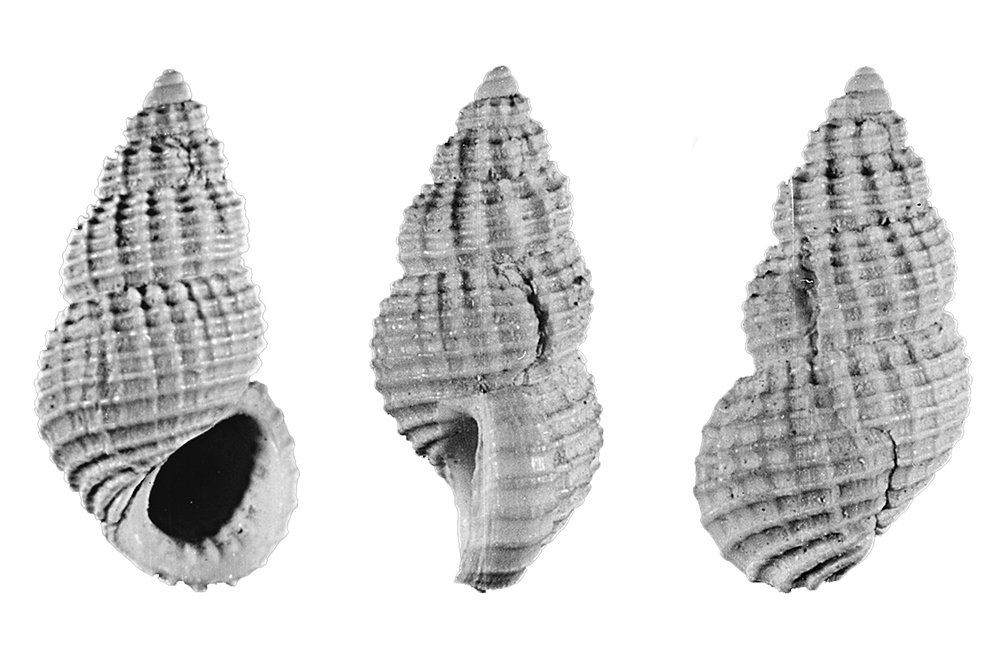
Remarks
The species is quite variable, both in the number of axial ribs, 18-22 on the last whorl, and in the number of spiral threads, 11-13. On fossil specimens, compared with present-day specimens from the Romagna coast, no major differences were found, except for the ornamentation of the protoconch, which is more pronounced.
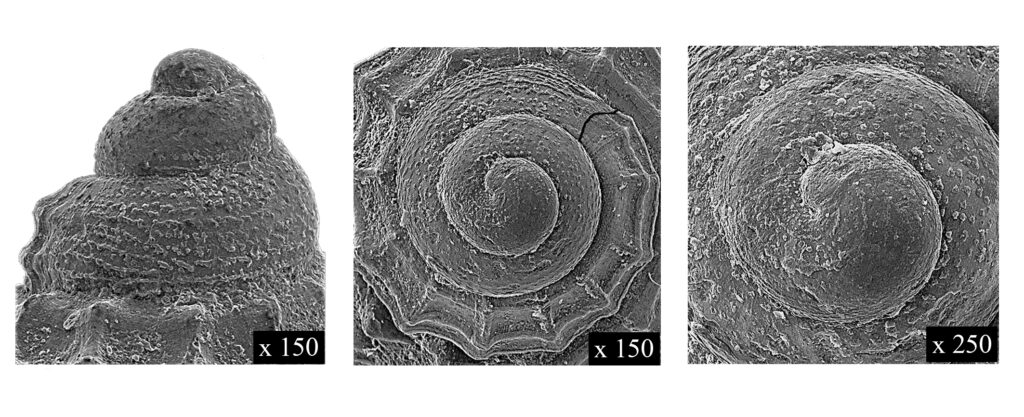
Bibliographic references and some more common synonyms
1844 Cingula beanii – Hanley in Thorpe, p. 151
1803 Turbo reticulatus – Montagu, p. 322, pl. 21, fig. 1
1814 Turbo acinus – Brocchi, p. 381, pl. 6, fig. 4
1844 Rissoa textilis – Philippi, p. 131, pl. 23, fig. 22
1850 Rissoa calathus – Forbes & Hanley, p. 82, pl. 78, fig. 2
1903 Rissoa (Acinus) tenuicostatus – Seguenza L., p. 47, pl. 11, fig. 6
1972 Turbona (Acinulus) cyrtoidea – Nordsieck F., p. 186, pl. R VII, fig. 18
1895 Alvania (Acinus) reticulatus v. tauroparva – Sacco, p. 24, fig. 56
1895 Alvania (Acinus) reticulatus v. acinus – Sacco, p. 24, fig. 57 bis
1895 Alvania (Acinus) reticulatus v. longovata – Sacco, p. 24, fig. 57
2006 Alvania beani – Chirli, p. 11, pl. 4, figs 11-16, pl. 5, figs 1-3
2021 Alvania beanii – Chirli & Forli, p. 94, pls 65, 66, 67, 68, figs C1-7; A1-18; A1-20; A1-10
Stratigraphic distribution
Pliocene – reported in Italy, Coppi (1881) indicates it in the Modena area as R. calathus and R. calathiscus. In France and Cyprus, it is reported as R. calathiscus. Pleistocene – present in Rhodes and in Italy where Conti lists it in Monte Mario, as R. textilis. Recent – Atlanto-Mediterranean species, it lives between debris and sand.
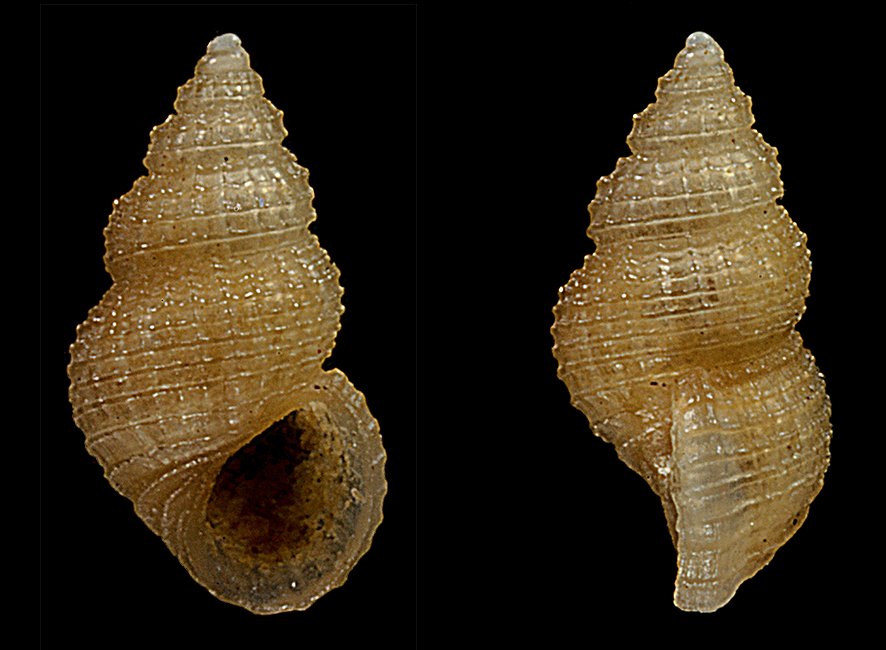
References
Chirli C. & Forli M., (2021). The Family Rissoidae Gray, 1847 from Miocene to Present-day, in the Mediterranean Basin. Edizioni Danaus, Palermo
Thorpe C. (1844). British marine conchology; Being a descriptive catalogue, arranged according to the Lamarckian system, of the salt water shells of Great Britain. London: Edward Lumley. l + 267 pp. , available online at https://www.biodiversitylibrary.org/page/11639230
Acknowledgements
Si ringrazia l’amico Carlo Chirli (Tavarnelle, Firenze) per la concessione all’uso di alcuni suoi testi. See also Edizioni Danaus
